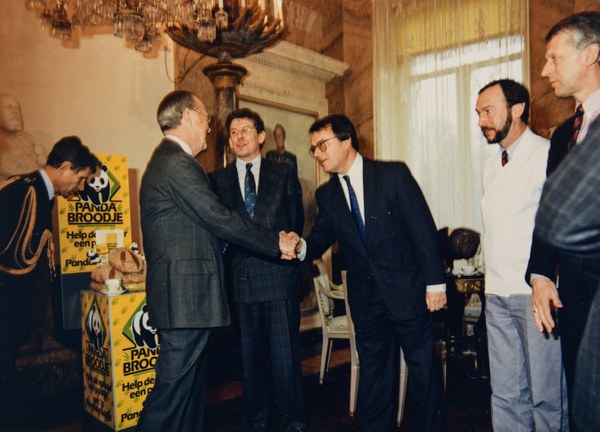Heritage of Zeelandia
Founded in 1900 by the Dutch Doeleman family and still headquartered in Zierikzee (The Netherlands), Zeelandia has become a global player in the bakery ingredients business. Today, 3,200 employees worldwide are dedicated to develop products tailored to local tastes and needs – with operations in over 30 countries and sales in about 100 countries. Zeelandia was awarded with the Dutch ‘Royal’ predicate in 1950. Click here to find our sales operations near you.
It all started in the year 1900, when Lambrecht Doeleman bought the recipe for “beschuitgelei” from a baker in Vlaardingen for one hundred guilders.
His brother Johan first tried the recipe in their parents' kitchen and later in a small warehouse on the Witte Eyestraat in Zierikzee, where they successfully distributed it to bakers across the Netherlands.
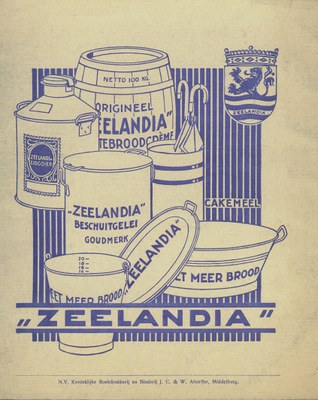
After prolonged testing, Zeelandia is able to create a stable emulsion in 1935; Carlo.
Because of Carlo the baker no longer has to spread with butter or salad oil. Henceforth, "Whoever lubricates with Carlo becomes, despite the crisis, great capitalist in a very short time.". From that moment on, the baker no longer suffers from oil residues remaining in the tin, the baked products no longer have an oil taste and the baking tins and trays remain clean.
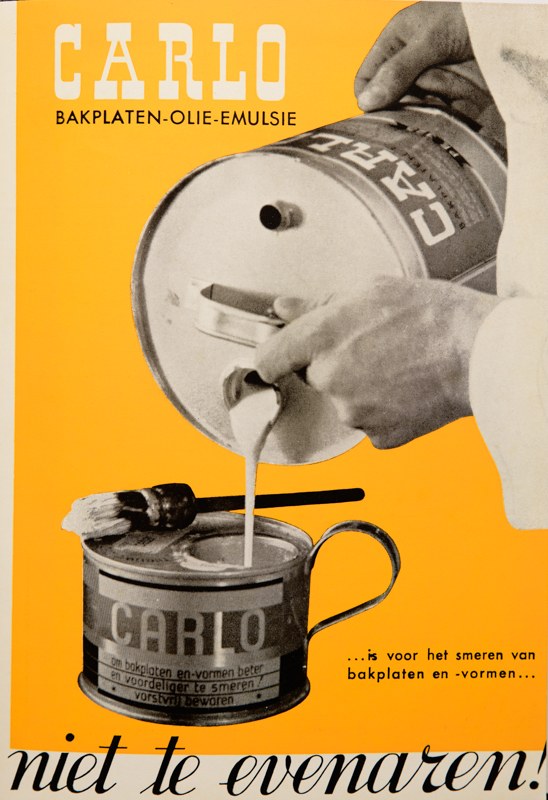
In the early 1900s, van Esso is founded in Rotterdam by gentlemen van Esso and Lobstein. During World War II, they have to flee and the company struggles after the war.
Marinus Doeleman decided to take over the company in 1960. With great enthusiasm, the small company was expanded into a respected partner for the pastry bakers in the Netherlands. In addition to the existing Orenta spices, a whole range of highly innovative products were launched on the market, such as Moscamix, Minuta, Vero, Kano powder, Instant Cake powder and Jello.
The first exports date back to the end of the 1960s when the German market was covered with Berliner Traume, among others. At the end of the 90's the different sales companies were merged and all products, national and international, were delivered from Zeelandia to the bakery.
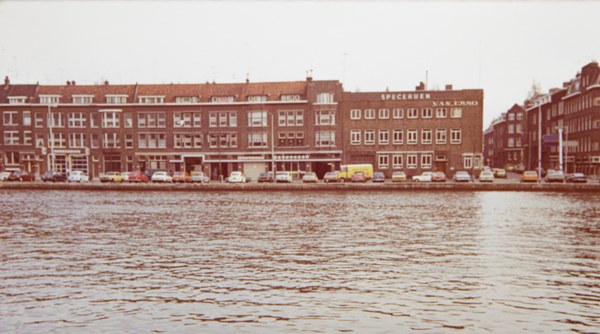
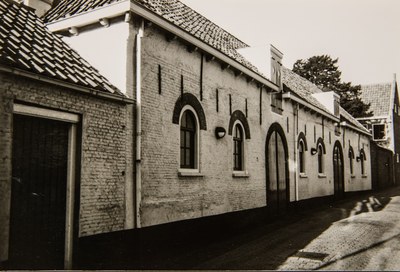
After the production of the first kilos of “beschuitgelei” in the kitchen, the need for another place soon becomes clear. H.J. Doeleman therefore asks the local authority whether he could buy the old barn behind the house at 23 Poststraat. His plan goes through: in 1907 this becomes the production site of the famous rusk jelly.
Soon, a larger production space must be found. The old barn stood empty for a long time until, at the beginning of the 1980s, the idea arose to turn it into a museum: "Om den Broode" was opened in September 1983.
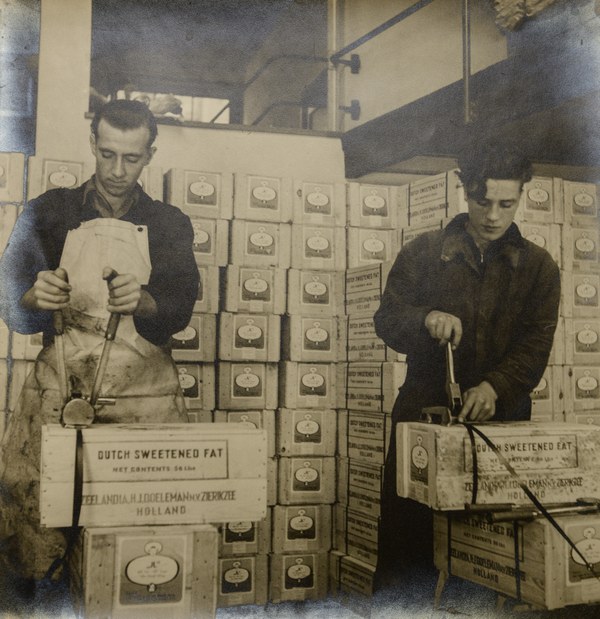
After starting in Belgium with the company Trogh, the export of "Sweetened Fat" to England in 1946 is a major impulse for the growth of Zeelandia.
Shortly after the war, it is difficult for English bakeries to buy the necessary quantities of fat and sugar in dollars. The English government has too little foreign currency to allow unlimited access to these crucial raw materials.
Imports that can be paid for in English pounds are a lot easier to get. Zeelandia makes a mixture of fat and sugar that can be traded freely without restrictions. The bakery in England is happy about this and so is Zeelandia!
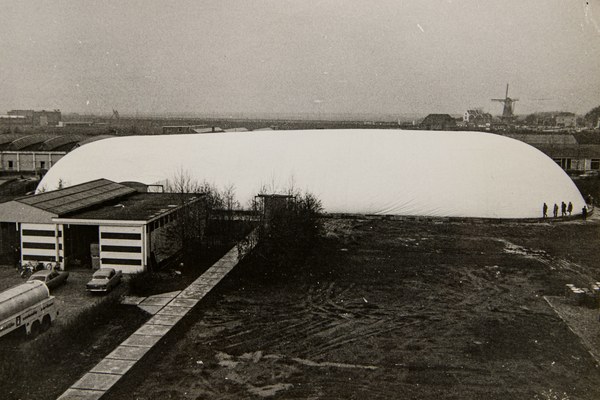
In the early 1970s, due to continued growth, Zeelandia in Zierikzee urgently needs more storage space. Placing a balloon hall in “the Zuidhoek” is a quick solution. In November 1970, the balloon hall is placed. With 2200 m2 of covered floor space, it seems particularly suitable for the storage of crates and raw materials.
Until the weekend of November 13, 1972. Then a hurricane force storm passes over the Netherlands. The hall cannot withstand it and is totaled. According to the KNMI, such a storm occurs only once every thirty years... So in early December 1972, a new balloon hall was put into use.
In April 1973 a hurricane rages over Schouwen-Duiveland with the same force, which also completely destroys the second balloon hall. Zeelandia decides to make a virtue of necessity and immediately starts the construction of a new storage and shipping area.
On Zeelandia's 25th anniversary, in 1925 every customer in the Netherlands received a clock with a built-in cooking timer as a gift. Perfectly useful in the bakery! During this period, H.J Doeleman believes that he can better use the money he invests in advertising to publish his own magazine that reaches the doormat of more than 10,000 bakers in the Netherlands every month. The first edition was released in May 1925. Originally intended to be published for only one year, the magazine proved to fill a need in the bakery industry. Today "De Klok" is still published once a year.
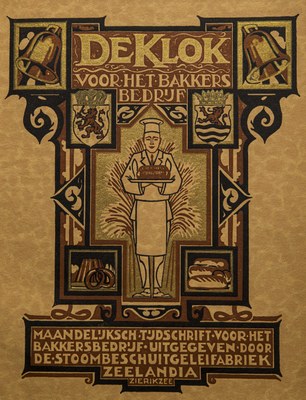
Because of the strong growth after World War II, Zeelandia was forced to further expand its production. There was no more room for this in Zierikzee's city center. Although the 1953 disaster initially caused some hesitation about the wisdom of expanding outside the city, the first steps were taken in the mid-1950s.
The first building to be built in the industrial area “de Zuidhoek" becomes the "finished goods warehouse”. You can see the warehouse on the first slide in front on the right. It is put into use in April 1957. This building now houses 'powder factory III', where the small components are mixed or premixes are made. In the following years, construction continues at a rapid pace: factories, bakeries, offices and the distribution center.
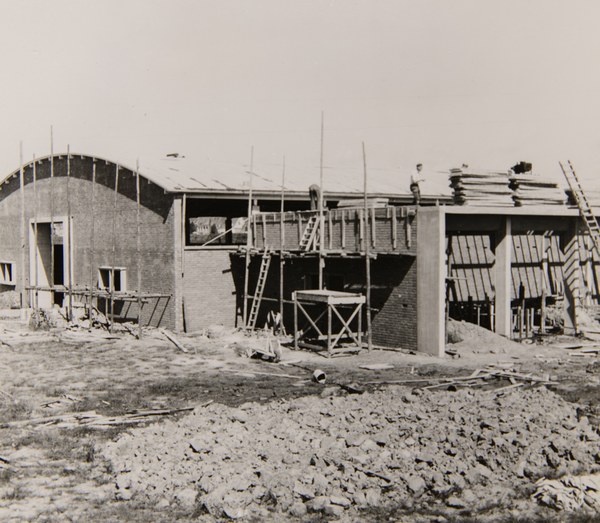
On January 1, 1989, Zeelandia introduces a new type of bread: the Panda bun. The intention is to supply the mix for this to Dutch and Belgian bakeries for a three months. The action “give nature a helping hand, eat a Panda bun” is set up in cooperation with the World Wildlife Fund. For each bun made from eight grains, the WWF receives 10 cents.
Before consumers can buy it, the first bun is presented to HRH Prince Bernhard in his capacity as honorary chairman and one of the founders of the WWF. A photo of this graces the front page of one of the largest daily newspapers in the Netherlands the next morning. Thanks in part to a terrific advertising campaign, the bun is a major success.
Those three months ran out: in 2004, the company proudly looked back on “25 years of Panda” and to this day the Panda bun is still being sold. By the end of 2022, almost 3.5 million euros will have been transferred to the WWF in the Netherlands and Belgium combined.
